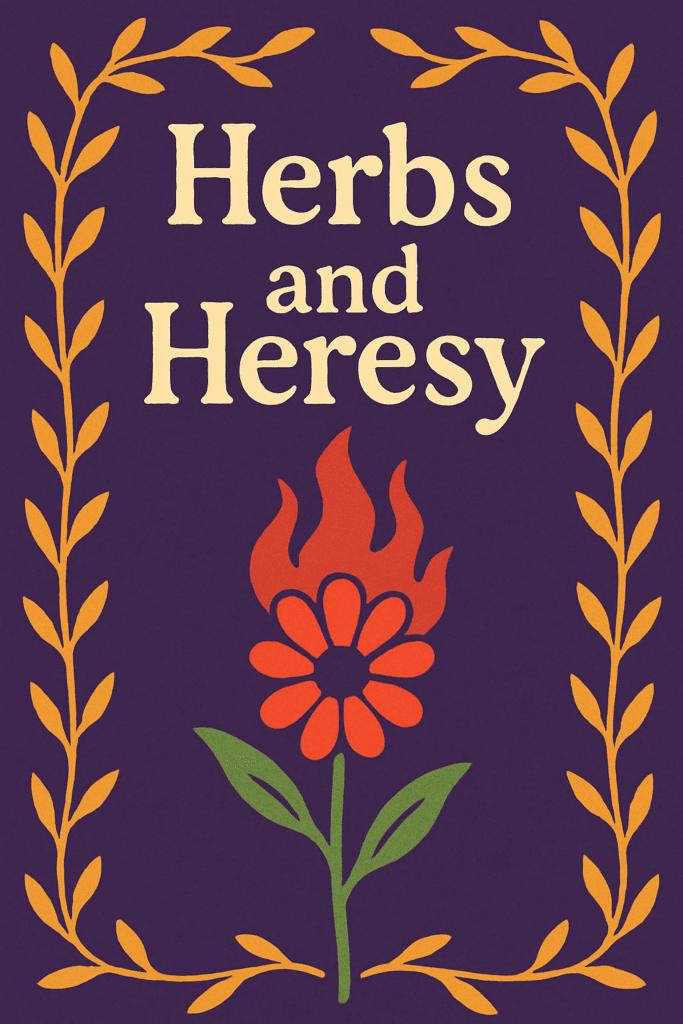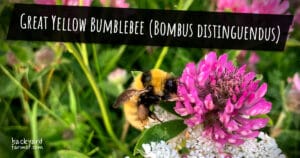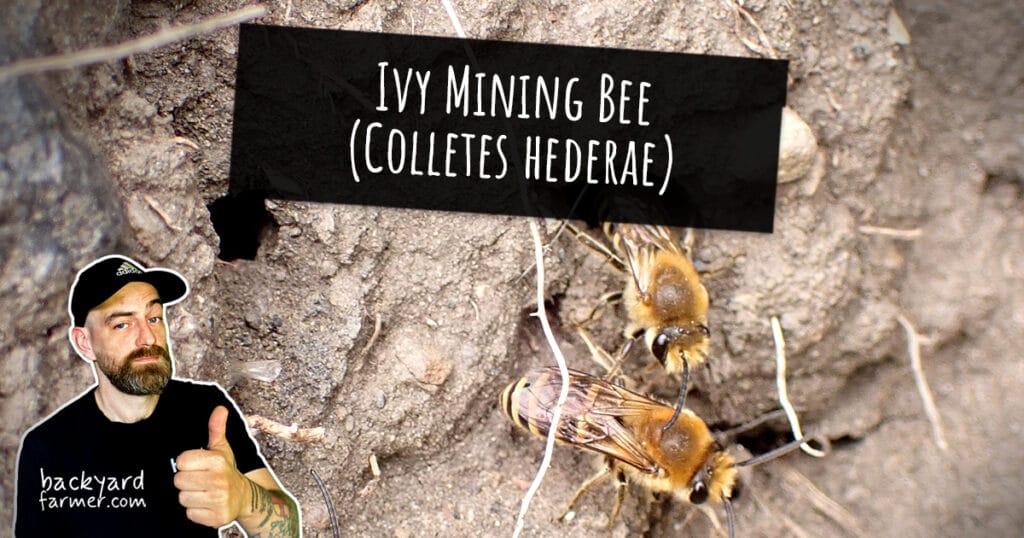Table of contents
Introduction: Herbs & Heresy — From Witch Hunts to Big Pharma
The Roots of Herbal Medicine
For centuries, the history of herbal medicine has shaped human survival. Herbal remedies and natural medicine formed the backbone of healthcare long before modern pharmaceuticals. Village midwives, hedge‑row healers, and wise women kept traditional herbal medicine alive, passing it down through generations. Herbs guided healing, supported childbirth, and offered everyday cures drawn from medicinal plants and folk wisdom.
Persecution and Fear
By the late Middle Ages, this same herbal knowledge came under attack. The women once trusted for their natural healing skills were suddenly accused of witchcraft. Witch hunts and herbal medicine became tragically linked as persecution swept across Europe and Britain. The result was the suppression of herbalists, leaving behind lost herbal knowledge and fear that echoed through centuries.
From Folk Cures to Pharmaceuticals
The story didn’t end there. While communities lost their healers, fragments of this herbal medicine history resurfaced in laboratories and universities. Folk medicine was stripped of context, studied, and then patented by rising pharmaceutical companies.
- Willow bark → aspirin
- Foxglove → digitalis
- Countless other plant‑based medicines → profit‑driven products
What was once shared botanical medicine and herbal wisdom gradually shifted into modern medicine, corporate control, and Big Pharma history.
The Central Question
This article explores that journey — from the roots of traditional herbal medicine, through the persecution of the witch hunts, to the rise of modern medicine and its lasting legacy.
Was the shift from traditional herbal medicine to pharmaceuticals a natural evolution — or a deliberate act of control over women, knowledge, and power?
👉 If you’d like to dive deeper into this history of herbal medicine, witch hunts, and the rise of Big Pharma, my book Herbs & Heresy: Witch Hunt Controls explores the trials, the plants, and the power struggles that shaped how we see healthcare today.

Herbs & Heresy: Witch Hunt Controls
Discover the history of herbal medicine—from women healers and witch hunts to the rise of Big Pharma. If you’ve enjoyed this article, the book goes deeper with case studies, timelines, and practical plant lore.
The Roots of Herbal Healing
Long before hospitals and modern doctors, the history of herbal medicine was written in everyday life. Herbal medicine and natural healing were essential practices, shaping survival across villages and households. Everyone knew which medicinal plants could ease pain, calm a fever, or support childbirth. Most of this traditional herbal medicine lived in the hands of women — midwives, wise women, and herbalists — who formed the backbone of community healthcare.
Women Healers and Community Knowledge
For centuries, women gathered herbal remedies from hedgerows, woods, and fields. They learned by watching, experimenting, and passing recipes down through oral tradition or handwritten notes. Their knowledge wasn’t stored in universities but lived in kitchens and gardens. They might:
- Brew infusions for pain, digestion, or sleep
- Prepare salves for wounds, burns, or skin problems
- Support childbirth with calming or stimulating herbs
- Blend remedies with charms or rituals for reassurance
Respect and Reliance
In many communities, the “cunning woman” or “wise wife” was the first call when illness struck. People trusted them not only for cures but also for advice, comfort, and spiritual support. Their services were often cheap or free, making folk medicine and natural medicine accessible to the poor. This stood in stark contrast to licensed physicians — rare, expensive, and often out of reach.
Knowledge Rooted in Nature
These remedies were practical and local. Willow bark relieved pain, elderberry reduced fevers, and chamomile calmed the nerves — all long before science bottled them into drugs. The hedgerow, the kitchen, and the garden were the original medicine cabinet. This was botanical medicine woven into daily life, not separate from it.
A Fragile Authority
Yet this authority was informal, based on trust rather than recognition by church or state. That made it fragile. As religious and political powers tightened their control over knowledge, women healers were increasingly exposed to suspicion. Respect could quickly turn into fear — and eventually persecution during the witch hunts and herbal medicine history.
👉 This section shows how women’s herbal knowledge thrived in everyday life, respected but always vulnerable. In the next part, we’ll explore how religion, politics, and fear combined to recast these healers as dangerous outsiders.
For a deeper look at how plants have long been valued for their healing power, see the RHS Healing Garden collection.
Witch Hunts and the War on Knowledge
By the late Middle Ages, women who had long served as healers, midwives, and keepers of traditional herbal medicine were suddenly branded as threats. The history of herbal medicine shows how knowledge of herbal remedies and natural healing, once trusted, was reframed as sorcery.
Fear, Faith, and Control
Religious and political authorities began linking women’s healing practices to heresy. Remedies rooted in pagan customs, folk medicine, or rituals — even simple herbal charms — were condemned as devil’s work. The notorious Malleus Maleficarum (1486) painted women as prone to witchcraft, singling out midwives in particular. It claimed they could interfere with fertility or harm infants. What had once been respected botanical medicine was now branded as spiritual treachery.
Case Studies of Persecution
- Pendle Witch Trials (1612, England): Many accused women were poor and relied on selling remedies. Their herbal healing skills became evidence of sorcery.
- North Berwick Trials (1590, Scotland): Agnes Sampson, a respected midwife, was accused of raising storms against the king. Her herbal medicine knowledge was twisted into proof of witchcraft.
- Salem Trials (1692, New England): Though smaller in scale, these trials followed the same pattern. Independent women with herbal remedies or spiritual practices were easy scapegoats.
Gender and Power
The vast majority of those executed were women — estimates suggest up to 80%. Many were widowed, elderly, or poor, often without male protection. By persecuting them, authorities reinforced patriarchal control, silencing women’s voices and dismantling local healing traditions. Herbalists, midwives, and community healers were systematically removed from their roles, leading to lost herbal knowledge.
Economic and Political Forces
Historians like Silvia Federici argue that witch hunts coincided with the rise of modern medicine and the enclosure of common lands. Women who once gathered medicinal plants freely in the commons lost access, and their practices were criminalised. The war on witches was also a war on traditional medicine, community knowledge, and women’s autonomy.
👉 In the next section, we’ll see how fragments of this suppressed herbal medicine history resurfaced — not in the hands of community healers, but in universities, laboratories, and the profit-driven world of pharmaceuticals.
From Folk Medicine to Pharmaceuticals
Even as women healers were persecuted and herbal knowledge was driven underground, the plants themselves never disappeared. The history of herbal medicine shows how traditional herbal medicine and folk cures resurfaced centuries later as the foundation of the rise of modern medicine.
Folk Remedies That Shaped Modern Drugs
- Willow bark → Aspirin: Used for centuries to ease pain and fever, willow bark contains salicin. In the 19th century, scientists isolated the compound, and by 1899 Bayer had marketed it as Aspirin.
- Foxglove → Digitalis: Folk healers in Britain used foxglove to treat “dropsy” (heart failure). In the 1770s, Dr. William Withering studied a healer’s recipe and formalised it into medical practice. Today, digitalis drugs remain vital in heart treatments.
- Cinchona bark → Quinine: Indigenous peoples in South America relied on cinchona to treat fevers. Europeans adopted it, and by the 17th century quinine became the main defence against malaria.
- Opium poppies → Morphine: Known since antiquity for pain relief, opium was refined in 1805 into morphine, paving the way for modern painkillers.
Appropriation and Credit
Generations of communities preserved this herbal medicine history and traditional knowledge of medicinal plants, but credit was often given to male doctors or laboratories. The women and indigenous healers who carried this wisdom were written out of the story. Science celebrated the laboratory while erasing the kitchen garden.
Standardisation and Profit
The transformation of herbs into drugs brought real benefits: consistent doses, rigorous testing, and wider availability. Yet it also shifted power. Medicine went from being community knowledge of natural medicine to patented products. Remedies that were once free to use became commodities, sold at a price.
The Birth of Big Pharma
By the late 19th and early 20th centuries, pharmaceutical companies were expanding rapidly. German firms like Bayer and Merck dominated the trade in plant-based drugs, laying the groundwork for today’s Big Pharma history. What was once everyday folk medicine and herbal healing had become tightly controlled, professionalised, and commercialised.
👉 Next, we’ll see how this transformation consolidated power, creating a pharmaceutical system built not just on healing — but on monopoly and control.
Big Pharma and the Legacy of Control
By the 19th and 20th centuries, the history of herbal medicine had shifted dramatically. Pharmaceutical science took root, and the old community model of folk medicine and herbal healing was dismantled. Traditional herbal medicine was no longer shaped by wise women or herbalists — it was patented, owned, and sold by corporations.
From Knowledge to Monopoly
This shift wasn’t just about scientific progress. It was about control. Laws that once punished women for practicing herbal medicine now rewarded companies with exclusive rights to sell the very same remedies. Patents turned the herbal medicine history of medicinal plants into corporate property, funnelling profits upwards. What was once part of everyday natural medicine became locked behind trademarks and price tags.
Gendered Exclusion
Men dominated the growing fields of professional medicine and pharmaceutical research, while women were pushed aside. Centuries of linking women, herbal knowledge, and superstition left a lasting stigma. Even in the 20th century, women were largely expected to work as nurses or assistants — rarely as leaders in medical research or recognised authorities on cures. The persecution of herbalists during the witch hunts still cast a long shadow.
Biopiracy and Indigenous Knowledge
Appropriation stretched far beyond Europe. Indigenous remedies from Africa, Asia, and the Americas were mined for profitable compounds — from quinine to artemisinin — with little recognition or reward for the cultures that preserved them. This process, known as biopiracy, echoed the earlier silencing of European wise women: community herbal knowledge and traditional medicine taken, repackaged, and monetised by outside powers.
Medicine as Commodity
By the mid-20th century, the pharmaceutical industry had become one of the most profitable in the world. Big Pharma history shows how drugs were no longer shared community resources but commodities, marketed through glossy advertising. Healing became a transaction, available only to those who could pay. The suppression of herbal medicine had succeeded in centralising authority, knowledge, and profit.
👉 In the next section, we’ll explore how — despite this legacy of control — the revival of herbalism today is helping people reconnect with nature, tradition, and community health.
Revival of Herbalism Today
After centuries of being pushed aside, the history of herbal medicine shows that herbalism and natural medicine haven’t just survived — they’re making a strong comeback. What was once dismissed as superstition is now recognised as holistic, sustainable, and empowering. This is the story of the herbalism revival today.
The Return of Plant Wisdom
Across the UK and beyond, more people are turning to herbal remedies and medicinal plants for everyday health. From echinacea tea for colds, to lavender for relaxation, to turmeric for inflammation, these age-old practices are regaining popularity. This trend reflects both growing distrust of over-commercialised pharmaceuticals and renewed respect for traditional herbal medicine.
Scientific Validation
Modern research increasingly supports what folk medicine long understood. Studies confirm garlic’s antimicrobial power, chamomile’s calming effect, and elderberry’s immune support. Universities now run ethnobotany programmes, and herbal medicine history is steadily gaining recognition as a legitimate field of healthcare. Science is finally validating the wisdom of botanical medicine.
Community and Sustainability
Herbalism also fits perfectly with today’s movements for sustainability and self-sufficiency. Growing your own medicinal plants reduces reliance on industrial supply chains, while foraging reconnects people with the land and the seasons. Community workshops, local apothecaries, and DIY tincture-making are helping to restore the lost herbal knowledge nearly erased during the witch hunts and persecution of herbalists.
Challenges and Opportunities
- Regulation: Strict licensing rules make it harder for small herbalists to practise.
- Greenwashing: Big corporations now brand herbs as “superfoods” or wellness fads, echoing older patterns of appropriation seen in the rise of modern medicine.
- Access: Thankfully, books, online platforms, and grassroots projects are helping keep herbal knowledge and natural healing practices in everyday hands.
A Shift in Power
The revival of herbalism isn’t only about health — it’s also about autonomy. Every pot of mint on a windowsill or jar of chamomile tea is a quiet act of resistance to centuries of control. Today, herbal medicine is both a practical tool for wellness and a cultural movement for empowerment.
👉 Next, we’ll bring the story full circle: from persecution of herbalists and appropriation of knowledge to today’s revival — and the questions we still need to ask about medicine, power, and who benefits.
Conclusion: Power, Healing, and the Path Forward
The history of herbal medicine isn’t just about plants — it’s about power. For centuries, women and communities relied on herbal remedies, folk medicine, and natural healing for survival, only to see that knowledge persecuted, criminalised, and absorbed into corporate empires. The path from hedge‑row healers to the rise of modern medicine and Big Pharma history reveals how healthcare has always been tied to authority, gender, and control.
Yet the cycle is shifting once again. Traditional herbal medicine is being reclaimed in gardens, kitchens, and community workshops. Scientific research increasingly validates this herbal medicine history, and people are turning back to sustainable, self‑sufficient ways of caring for themselves through medicinal plants and botanical medicine.
The key question remains: was the shift from folk medicine to pharmaceuticals simply natural progress, or was it a deliberate act of control over women, healers, and communities? The truth may be a mix of both — but recognising the pattern gives us the power to choose differently today.
Key Takeaways
- Herbal knowledge was suppressed during witch hunts, leading to lost herbal knowledge.
- Pharmaceutical science often borrowed from — but erased — traditional herbal medicine.
- The rise of modern medicine centralised healing under corporate control, feeding into Big Pharma history.
- Today’s herbalism revival is reconnecting people with plants, autonomy, and sustainability.
Call to Action
Herbalism is more than history — it’s a living, growing practice. Start small: grow mint on your windowsill, brew chamomile tea, or learn the folklore of medicinal plants around you. Each step helps reclaim traditions nearly lost to history and strengthens the ongoing herbalism revival today.
👉 For a deeper exploration of herbs, witch hunts, and the history of herbal medicine, my book Herbs & Heresy: Witch Hunt Controls dives into the trials, plants, and power struggles in detail. It’s a journey into the forgotten roots of medicine — and an invitation to imagine a different future.

Go Deeper: Herbs & Heresy
From witch hunts to modern medicine—how herbal knowledge was lost, reclaimed, and why it matters now.
What you’ll learn:
- The real role of women healers in village medicine
- How witch hunts reshaped the story of herbal remedies
- The journey from folk cures to pharmaceuticals
- Practical plant profiles and historic timelines
Reader takeaway:
Understand the power dynamics behind the history of herbal medicine—and how to reconnect with plant wisdom today.




